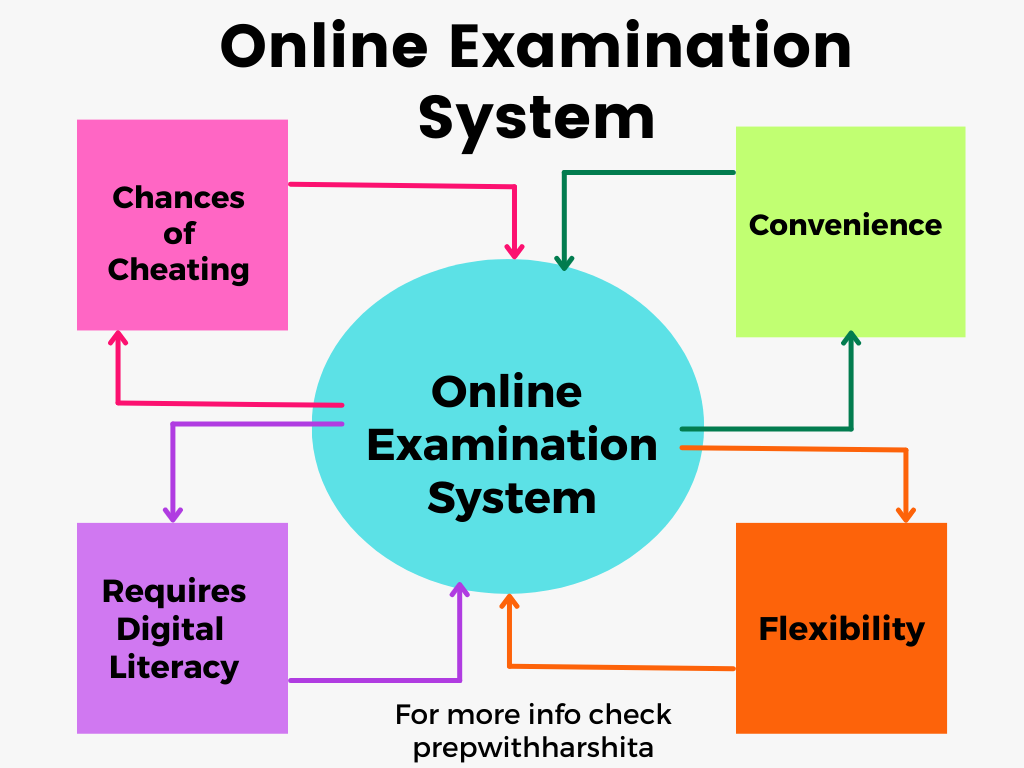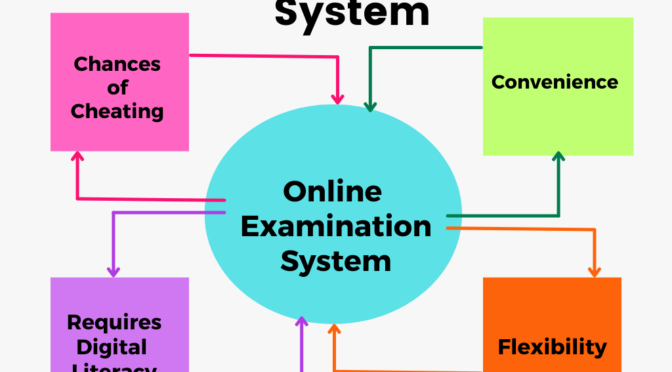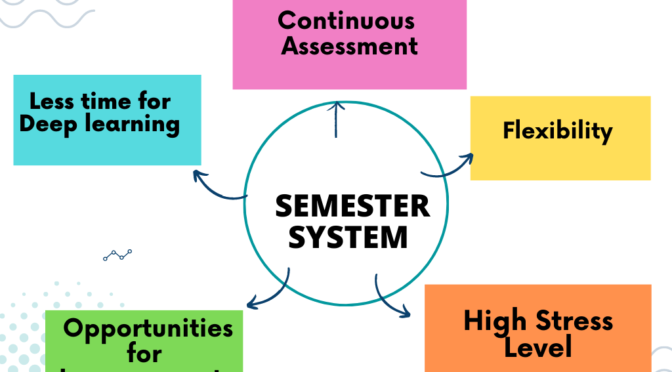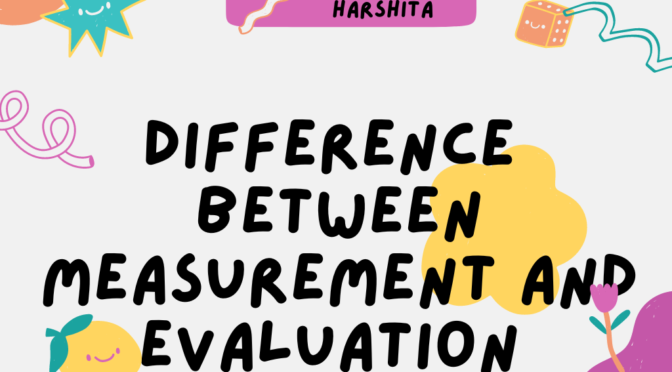Online examination system refers to a platform or software that allows students to take exams online. The system may be used for a range of assessments, including quizzes, tests, and final exams.
Advantages of Online Examination System :
The online examination system has several advantages, including:
- Convenience: The system provides convenience to students, as they can take the exam from anywhere and at any time, as long as they have access to a computer or mobile device and an internet connection.
- Flexibility: The system allows for flexibility in terms of the type of exam and the time duration of the exam. It also allows for customization of exams based on individual student needs.
- Security: The system offers better security measures than traditional paper-based exams. Online exams can be password protected, and the system can detect and prevent cheating, such as using unauthorized materials or collaborating with others.
- Immediate feedback: The system can provide immediate feedback to students, which allows them to review their performance and identify areas for improvement.
- Reduced administrative workload: The system can reduce the administrative workload, as it automates the grading and scoring process.
Disadvantages of Online examination system:
- Technical issues: The system may be affected by technical issues such as internet connectivity, server downtime, or software glitches, which may affect the student’s ability to take the exam.
- Cheating: Although the system offers better security measures, students may still find ways to cheat, such as by using multiple devices or collaborating with others remotely.
- Limited interaction: It may limit interaction between students and instructors, which may affect the student’s ability to ask questions or seek clarification during the exam.
- Requires digital literacy: The system requires students to have digital literacy skills, which may be a barrier for some students who do not have access to technology or are not familiar with using computers or mobile devices.
Overall, the online examination system has several advantages and disadvantages, and it is important to carefully consider these factors when deciding whether to use this type of assessment.
Also Visit : Semester System

Also Visit : Prep with Harshita









